
As I mentioned in my previous post, I am obviously interested in the future of journalism. Since I am an aspiring journalist, I thought it would be important to look into the future of my career path a little bit more. I came across this article that talked about the idea that journalists are going to have to start saying “yes” a lot more. This intrigued me because as a journalism student, I have been exposed to this idea of saying “no” if it is a story that does not necessarily fall into what we are used to covering.
The author of this article talks about how the idea of saying “yes” can open up a lot of opportunities for news sources. He also claimed that with this new approach to news, journalists should focus more on the “so what” and “now what” questions instead of constantly asking “what.” While asking “what” will always be important, I can understand why it is becoming increasingly important to ask “so what” and “now what.”
With more and more news sources using the Internet to post more content, it becomes dire to a story to answer the “so what” and “now what” so that people actually end up wanting to read your story instead of the thousand other choices they might have. I think that it will be interesting to see if more journalists try this method out as the world of journalism advances.
The Future of Journalism
I came across this video as I was searching for what the future of journalism might be. It caught my attention because it mentioned drones and virtual reality, which I never even considered really being a part of journalism. I can understand the importance and opportunity that comes from a device like drones. However, I had never thought about virtual reality being included in news gathering. In the video it shows an example of a bombing in Syria as a way that journalists are using virtual reality to strengthen their stories.
Another thing that was mentioned in the video was this idea of a software that can write articles if given the proper information. I found this interesting because it could clearly affect journalists by almost replacing them. The video explains that this software answers many of the questions journalists set out to answer, but leave the journalists to answer the how and so what questions. I am interested in seeing where this software ends up going in the near future.
Sample of My Work
Most of my posts on this blog are to showcase some of the research that has gone into the world of modern journalism. For this post I wanted to showcase a sample of some of my work since I have used many of the things discussed in this blog to get to the point in my writing that I am now. In my Online Journalism class, we had to write a web story and I chose to do a feature on the local Laramie band, Elk Tongue. Here is the article I wrote:

Psychedelic desert rock.
In November 2015, four friends came together to bring a new sound to the local Laramie music scene by forming the band Elk Tongue.
Keaton Elsasser (guitar/vocals), Seth Leininger (guitar), Shawn Hess (bass guitar) and Dylan Stowers (drums) all come from different musical backgrounds that lead to the sound that Elk Tongue possesses, which they have called “psychedelic desert rock.”
As a collective, Elk Tongue believes that this is what sets them apart from every other band in the Laramie music scene.
“We play music like nobody else plays music,” Leininger said. “We don’t really have a genre and most people in this town play, like, a genre.”
Elsasser said, “I think it happened very naturally. Nobody was like, ‘this is what we should sound like.’ Nothing was planned.”
The unique sound that Elk Tongue has been able to hone in on is a big part of who they are, but the amount of friendship shared between the members also sets them apart from other bands.
“I would say that out of every band I’ve seen in Laramie, we enjoy and love each other in a way that no other band does,” Elsasser said. “We truly, truly look at each other and say, ‘these are my homies.'”
Stowers added, “And I’ve been in bands before and these guys are drama-free.”
“It’s all very natural.”
Before there was Elk Tongue, 3/4 of the band were playing music together in another group called Harriman Exit. Although Harriman Exit came to an end, Elsasser said that the guys were not ready to stop creating.
“Literally, it had happened because we wanted to make music, all of our outlets had been exhausted, so Elk Tongue came together,” Elsasser said. “It was more out of a need to create and there was no way we are ready to not create yet. We just wanted to make music.”
Bringing four people together to make music may lead to some creative differences, but for Elk Tongue, it does not seem to stop from all expressing themselves individually.
Stowers said one of the best parts of being a part of Elk Tongue would be the amount of creative freedom.
“It is very rare that they ask me to do something specific, which is nice,” Stowers said. “It’s all very natural.”
Hess said, “In any part of any given song we are all doing what we want to be doing.”
The past, the present, the future.
According to the Elk Tongue website, the members use experiences from the past and what is to come in the future as influential pieces when making music.
The members of Elk Tongue have all had their own pasts with music, with Harriman Exit being one common denominator between Elsasser, Hess and Leininger. Regardless of the common denominator, all of their experiences with music in the past shaped what Elk Tongue is now, even if the beginning may have been nerve-wracking.
“The dudes have compared our first show to going on a date and being nervous, yet we knew there was going to be a second date,” Elsasser said.
The first show by Elk Tongue was just a kick-off to what would become multiple shows around Laramie, going on tour, recording an album, releasing a music video and being asked to play Wyoming’s own WHAT Fest.
Through all of the successes and accomplishments made, there has been an equal amount of struggles for the band.
“I would say all around one of our biggest struggles is working with very talented musicians and putting in the time as a band,” Elsasser said. “I suppose being in the area we’re playing in [is also a struggle].”
Leininger said, “I would just say honestly getting together and just trying harder to work on the music. I think we could always work harder, we have a tendency of being lazy at times.”
All of the members of Elk Tongue have lives outside of the band, including jobs and have found that it is actually not hard to balance all aspects of their lives, Elk Tongue included.
“We enjoy it, and I don’t think it’s ever looked at like work,” Elsasser said.
As far as the future goes for Elk Tongue, Elsasser said they have no idea what is to come, although they are all hopeful that in a few years they will be touring Europe.
Elk Tongue does, however, have another tour planned, a second album that is set to come out in the near future and a radio show coming up in Fort Collins, Colorado.
“We are trying as hard as ever to do what we can to just basically keep making music,” Elsasser said.
Photojournalism Tips
As I have mentioned in previous posts, I am very interested in photojournalism. I figured that I could not be the only student journalist that was curious about looking more into the world of photojournalism. I believe that photos can be extremely powerful and there are many examples in a lot of the photojournalism that happens every year. I found this video to be interesting because it offered some tips for people who, like me, want to try photojournalism more in the near future. I hope that this video can be of help to other people interested in photojournalism.
What If Print Journalism Disappeared?

This is a question I have been asking myself since I enrolled in college almost two and a half years ago. I originally wanted to be a Journalist because of a print publication, so I feel a strong connection to the importance of print media. However, I am highly interested in the way that media is transforming as there is a rise in online presence. I often wonder, what would happen if print journalism was no more? Personally, it seems to me that the old tradition of the newspaper is something that should not go away, because if it did, journalism would not feel like journalism to me. I do not plan on working for a newspaper, I am more interested in magazine writing, but I can still see why having the physical copy of the newspaper or magazine available is important.
I decided to look into what other people thought of the idea of getting rid of print journalism and found an article that lists five things that would be lost, which I found thought provoking. Tony Rogers, the author of the article, lists large news staffs, beat reporters, comprehensive and in-depth coverage, investigative reporting and journalists who aren’t millionaires as the five things that would be lost if we were to do away with print journalism.
As I read through the list that Rogers came up with, I could not help but mostly agree with him. While I am very much interested in the ever-changing world of technology and how that plays into journalism, I am still a sucker for traditional print journalism. I think that both forms are just as important as the other and I feel that the world of journalism would suffer from the loss of print journalism. Hopefully, we will not see the day that print journalism disappears.
My Personal Photojournalism
Before, I have posted about photojournalism and the importance of it. For another class I am taking, I had to go out and try out my photojournalism skills. I thought that it could be fun to share some of these images. I found photojournalism to be its own challenge, but I am so glad that my professor made us go out and try it out.
Here are four of my favorite shots that I got:
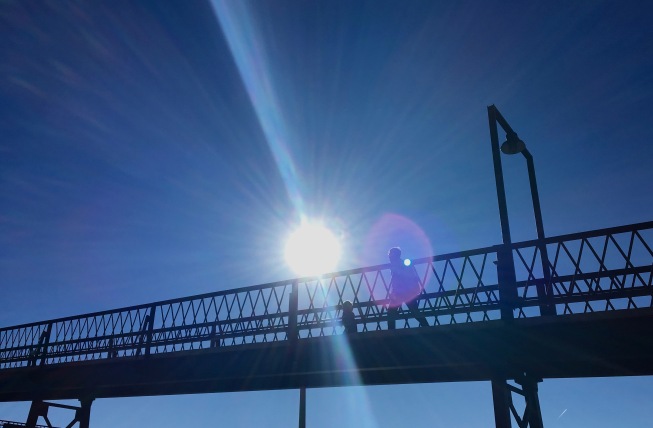

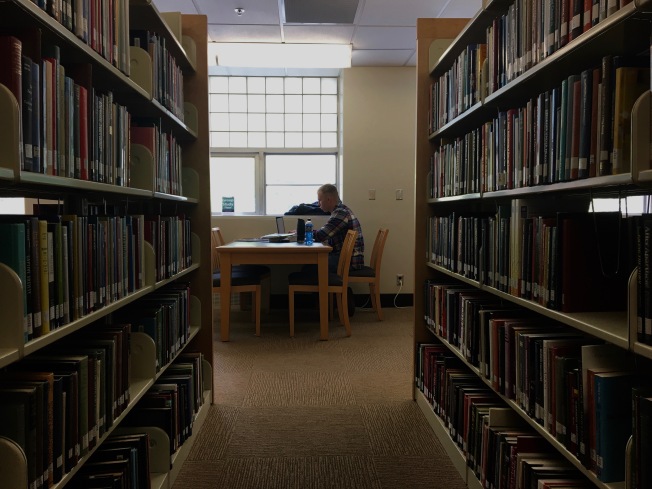
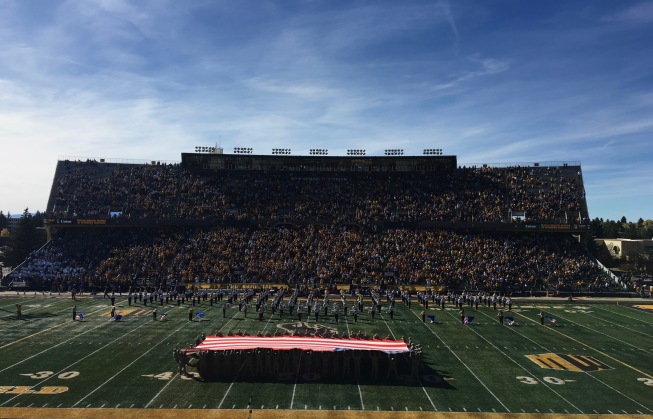
Snapchat for Journalists?

When I think of Snapchat, I do not necessarily think of it as a social media platform used in journalism. After reading an article about how journalists can properly use Snapchat, I can see some benefits to using it as a platform for storytelling.
I am personally interested in being a features writer and it seems that Snapchat stories could be really beneficial to the storytelling aspect of features. The reason I would say Snapchat stories could be beneficial for feature stories is because it is clearly a very visually based social media platform. The article talks about photo stories as being a beneficial way of using Snapchat. I think this brings an interesting and appealing factor to storytelling through Snapchat.
I have not used Snapchat to tell a feature story, but I can see the potential in it. It is another way to make a story sweet, short and to the point, while still informing viewers. Something that I struggle with, is the idea of conducting interviews and whether or not people would find your story to actually be credible since Snapchat is so informal.
One of my favorite publications, Alternative Press, often has reporters for APTV use Snapchat as a way to cover events that they are at. I like watching the stories because it offers a look into what is happening, but still leaves you wanting to read what they write or watch what they produce on the event. I could definitely see there being a spike in activity on Snapchat for journalists in the near future.
Local Podcast to Watch…Or Listen To
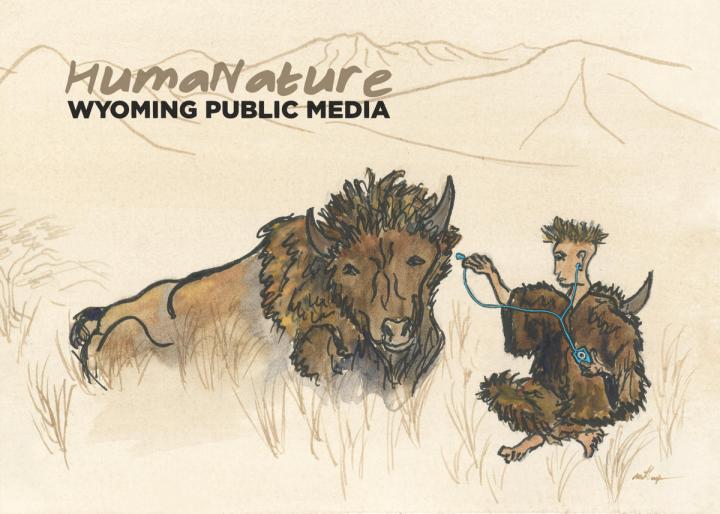
As I mentioned in a previous post, I am very intrigued by podcasts at the moment and I spoke about “This American Life” being one of my go to podcasts. However, right here in Laramie, a fairly impressive podcast is being produced through Wyoming Public Media. The podcast is called “HumaNature” and I have included one of my favorite stories told. This is a fairly new podcast, but that does not mean that it is not impressive. Ira Glass even mentioned the podcast on “This American Life.” This is a quick post because I just wanted to share the fact that we have amazing podcasts being made right here at home.
Give it a listen!
Freelancers: Why They Matter
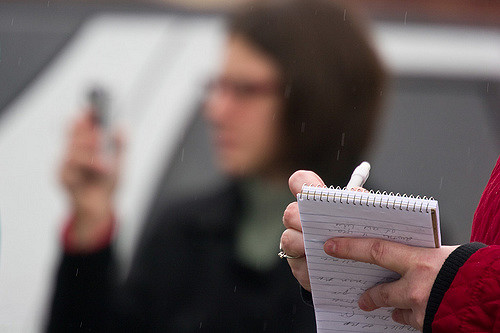
“Journalism has become a high-risk occupation. Freelancers face these risks with little or no protection.”
This quote caught my eye while I was reading an article on the importance of freelancers. In one of my classes, we had a guest speaker come in and talk to us about the digital side of journalism and the idea of freelance writing came up.
I always thought about freelancers as somewhat of a negative thing, and that is because I have been looking at it from a journalist’s viewpoint. To me, it seems like freelancers would be taking jobs that journalists could be doing, but after reading the short article I linked above, I now see that there is more to freelance writing.
While freelancers do pretty much the same thing as journalists, they are doing it without the protection that journalists get from the law. It never occurred to me that they would not receive any protection even though they are covering international stories that could be slightly dangerous.
Our guest speaker also touched on the idea that freelance writers are becoming a more sought out position because it allows people to be published at multiple publications rather than just one. It also opens up opportunities for journalists when they decide to look for a set publication to work for because they would have more of a portfolio.



